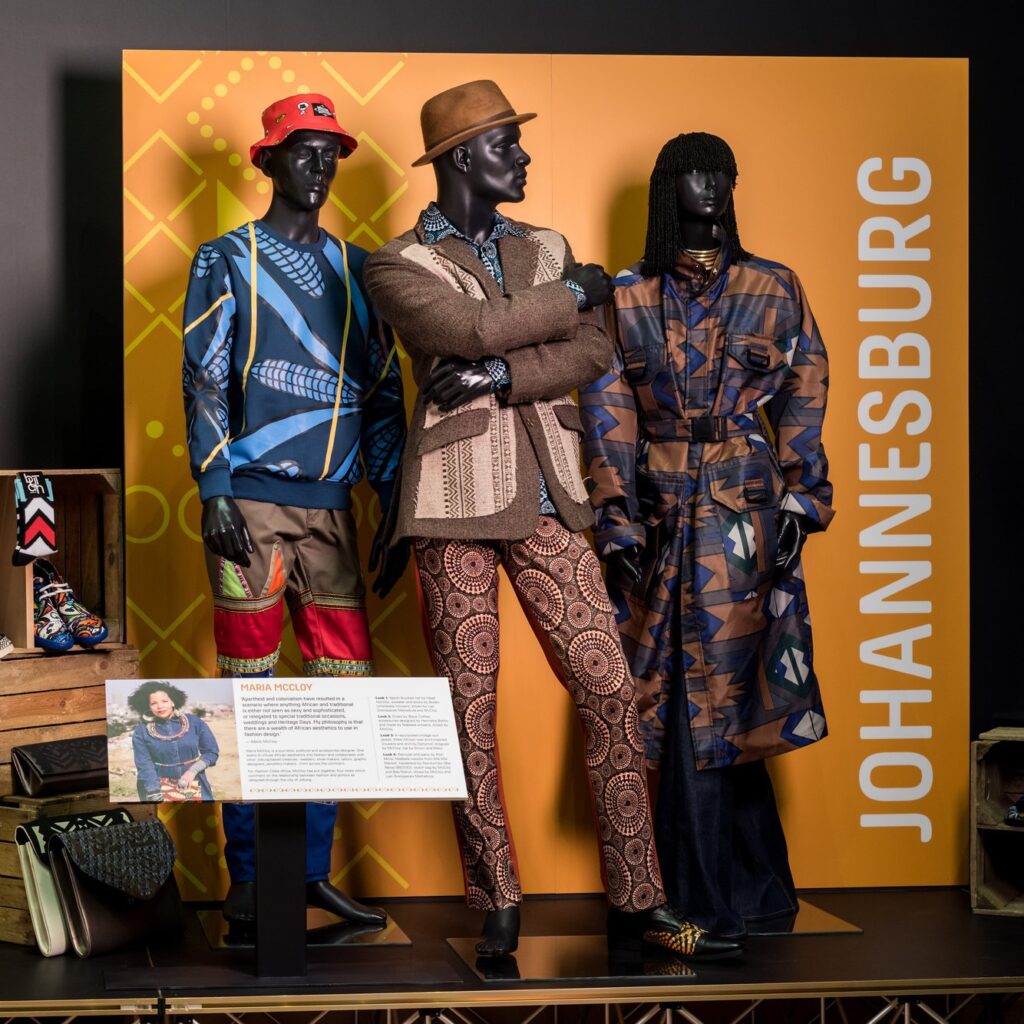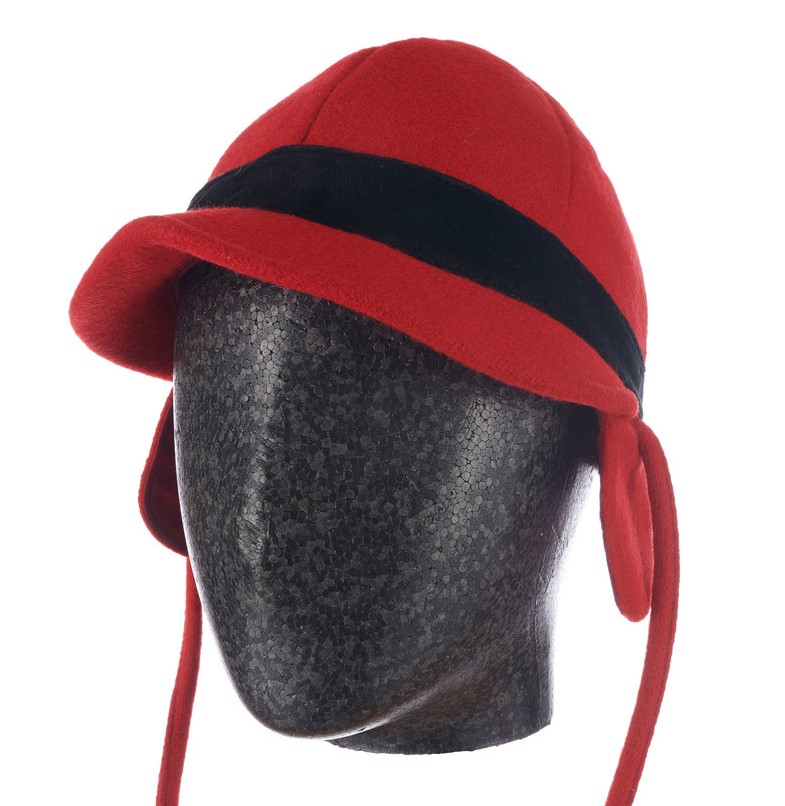The Fashioning Africa project looked to address the lack of post-1960s African fashion and textiles in many museum collections.
Brighton Museum & Art Gallery’s collections include important holdings of textiles from African countries. Many of these were collected in the late 19th and early 20th century by people working in what were then British colonies. Textiles were easily portable and could serve many different functions: as souvenirs, trophies or evidence of the potential for trade.
As former colonies gained their independence from the late 1950s onwards, fewer objects from African countries entered British museum collections. This means that today few museums are able to represent how the tumultuous social, political and cultural changes that swept the continent were reflected in the textiles and fashion worn in African countries.
Through the Fashioning Africa project, with the help of partners, Brighton Museum has been working to address this absence, as well as to implement new, collaborative modes of collecting. These activities have included the development of a major fashion exhibition, Fashion Cities Africa, a collaborative collecting initiative, and co-curated displays.
In developing the various Fashioning Africa initiatives, Brighton Museum & Art Gallery is grateful for the generous support of the James Henry Green Charitable Trust, the National Lottery Heritage Fund, Arts Council England, the Art Fund (Jonathan Ruffer Curatorial Grants Programme) and the University of Sussex (Sussex Africa Centre), as well as for the extensive help and support provided by our many partners and collaborators.
The background image used throughout the site is a version of an award-winning kente cloth by Ghanaian twins Richmond and Fred Akpo. The cloth was purchased by the museum as part of the Fashioning Africa project.











